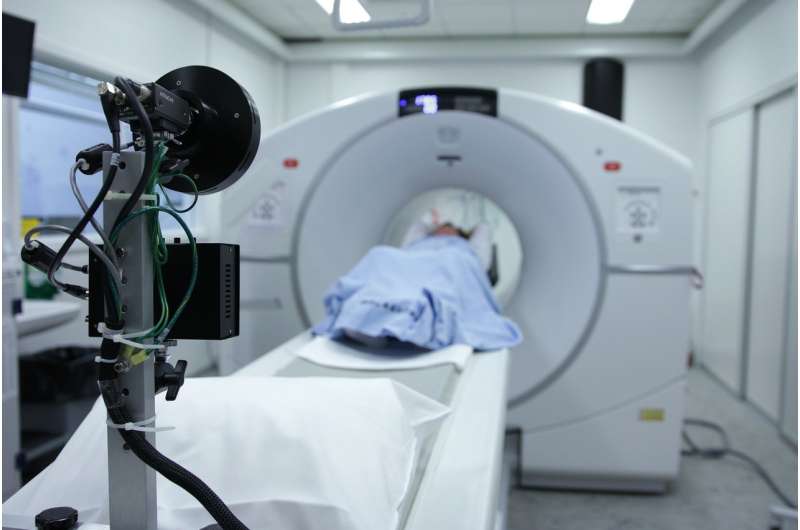Sticker shock: Why the U.S. needs price tags on health care

What if you could shop for a magnetic resonance imaging scan like you would for someone to paint your house?
Zach Brown, an assistant professor of economics at the University of Michigan, has researched what happens when consumers have access to pricing information before procedures and thinks the results could help bring health care costs under control in the United States.
For example, the average price of an MRI scan is $1,200 in the U.S. compared to $569 in other developed countries. The average price of a CT scan is $228 in the U.S. and $98 in other developed countries.
"While the price of health care procedures varies widely across medical providers, these prices are often difficult for patients to observe," Brown said. "Consequently, individuals often choose providers without comparing prices."
So Brown used data on medical imaging visits to examine the introduction of a state-run website providing information about out-of-pocket prices for a number of procedures in New Hampshire. The website was available to all privately insured individuals in the state.
Overall, the HealthCost website reduced the cost of medical imaging procedures by 5 percent for patients and 4 percent for insurers. A simple calculation implies that individuals saved around $7.9 million and insurers saved $36 million on X-ray, CT scans and MRI scans over the five-year period.
By the fifth year, out-of-pocket prices were 11 percent lower for patients. Individuals with the most to gain from using the website—those under their deductible—see almost double the savings over the period.
"Without transparency on prices, health care providers aren't as competitive and that leads to higher prices," Brown said.
While we expect consumers will benefit from price transparency by choosing low-cost providers, price transparency may also allow insurers to negotiate lower prices with health care providers. And that can benefit all consumers including those who don't use the price information.
While Brown's study focuses on X-rays, CT scans and MRI scans, it is important to consider whether the results apply more broadly. It has been estimated that 30-40 percent of spending on medical services is for procedures that are shoppable, and price transparency may be able to impact pricing on these procedures as well.
"If health care is to be left to market forces, then I believe that those markets should be transparent and competitive," Brown said. "Reining in health care costs will require bold solutions that lift the veil on prices."
Price transparency tools are unlikely to have an effect for other procedures, such as complicated surgeries with prices that are determined on a case-by-case basis.
















